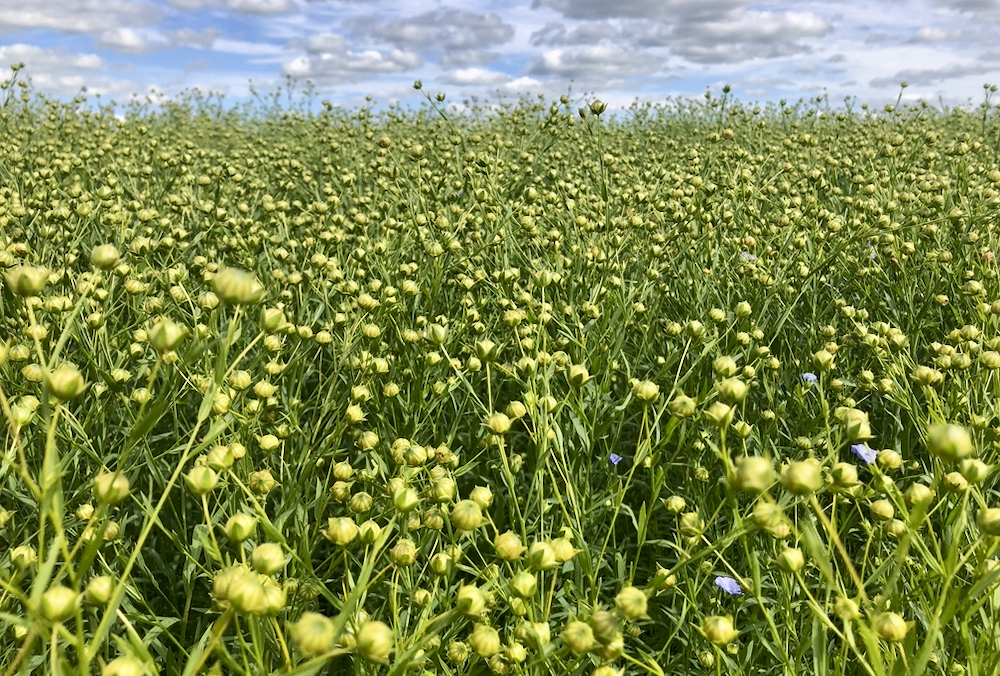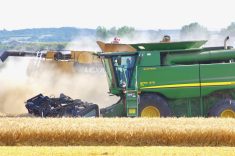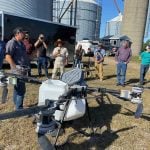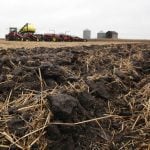Glacier FarmMedia — Another week of varied precipitation across Manitoba allowed crops to progress in their development, said the province’s weekly crop report released on July 15.
Rainfall for the week ended July 13 ranged from none at all in some areas to 38.8 millimetres in Sprague, located in the southeast corner of Manitoba. Bagot in the eastern region received 37.7 mm, Gimli in the Interlake had 33.3 mm and Shilo in the southwest got 30.8 mm.
The east, northwest and Interlake regions have large areas of accumulations below 50 per cent of normal amounts of precipitation this year. Much of the central and southwest regions have accumulated less than 70 per cent of normal. Only a few locations have accumulated more than 80 per cent of the 30-year average since May 1.
Read Also
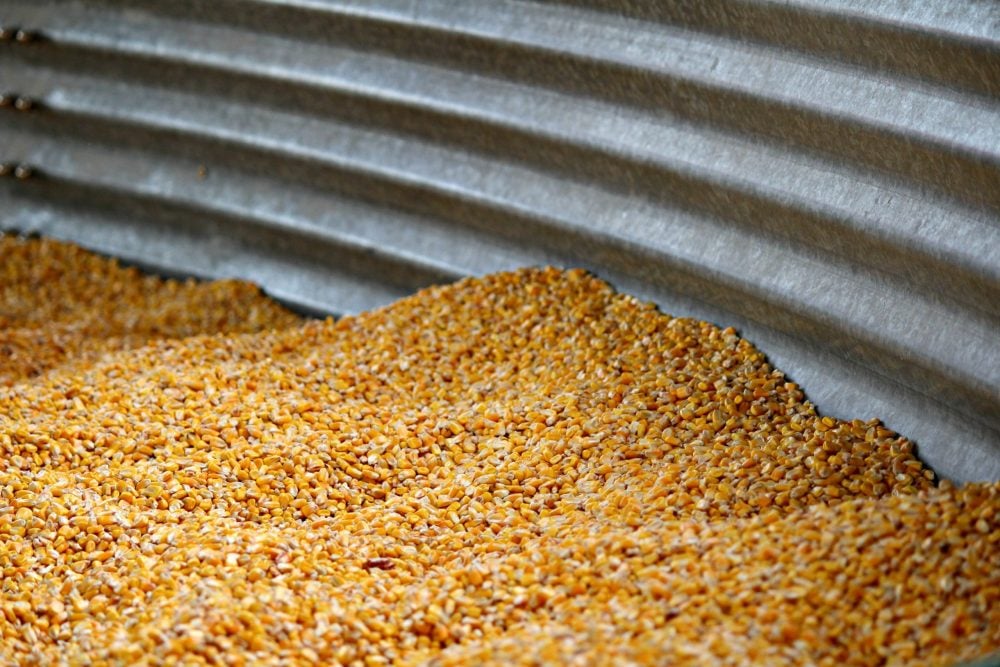
Feed Grain Weekly: Demand, activity slowly rising
While demand and activity is slowly ramping up for the fall cattle run, feed grain prices are currently in decline, said a Lethbridge, Alta.-based trader.
The wettest location this year so far is Neepawa in the southwest at 181 mm (94 per cent normal precipitation) while the driest is Inwood in the Interlake at 39 mm (25 per cent).
Spring wheat quality for the east, northwest and Interlake regions were at 90 per cent good to excellent, while there was an 85 per cent rating in the southwest. The central region trailed at 70 per cent. Winter wheat and fall rye were in the grain fill stage, while early seeded spring wheat is also reaching the grain fill stage. Barley and oats range from head emergence to the grain fill stage, while corn the majority of corn fields were from the V8 stage to tasseling. Fungicide applications to combat fusarium head blight are nearing completion.
Late seeded canola were in the cabbage to early bolting stages, while early seeded fields are fully podded as fungicide applications continued. Flax was flowering with bolls in early seeded fields. Sunflowers were in the R1 to R3 stages.
Peas were flowering in most areas with pods developing in the most advanced fields. Early seeded soybeans were in the R1 and R2 stages, while the furthest along fields were in the R5 stage.
Hay yields were average to below-average as producers used the week for harvest. However, above-average yields were found in the northwest due to good moisture in the region. A second hay cut for beef herds is not expected, while a second cut for dairy herds have seen low yields. Dry conditions have made it accessible to reach low-lying areas of native hay fields, but yields are also low. Alfalfa weevils were also present in hay fields. While precipitation was inconsistent, pastures reacted well to the rainfall.
Cattle on pasture were in good condition despite fly pressure. Dugout water levels were sufficient, but levels remained low due to a lack of moisture. However, water quality has become a concern as producers have inquired about testing for blue-green algae and duckweed. Producers will rely on carryover feed for the winter feeding period.


